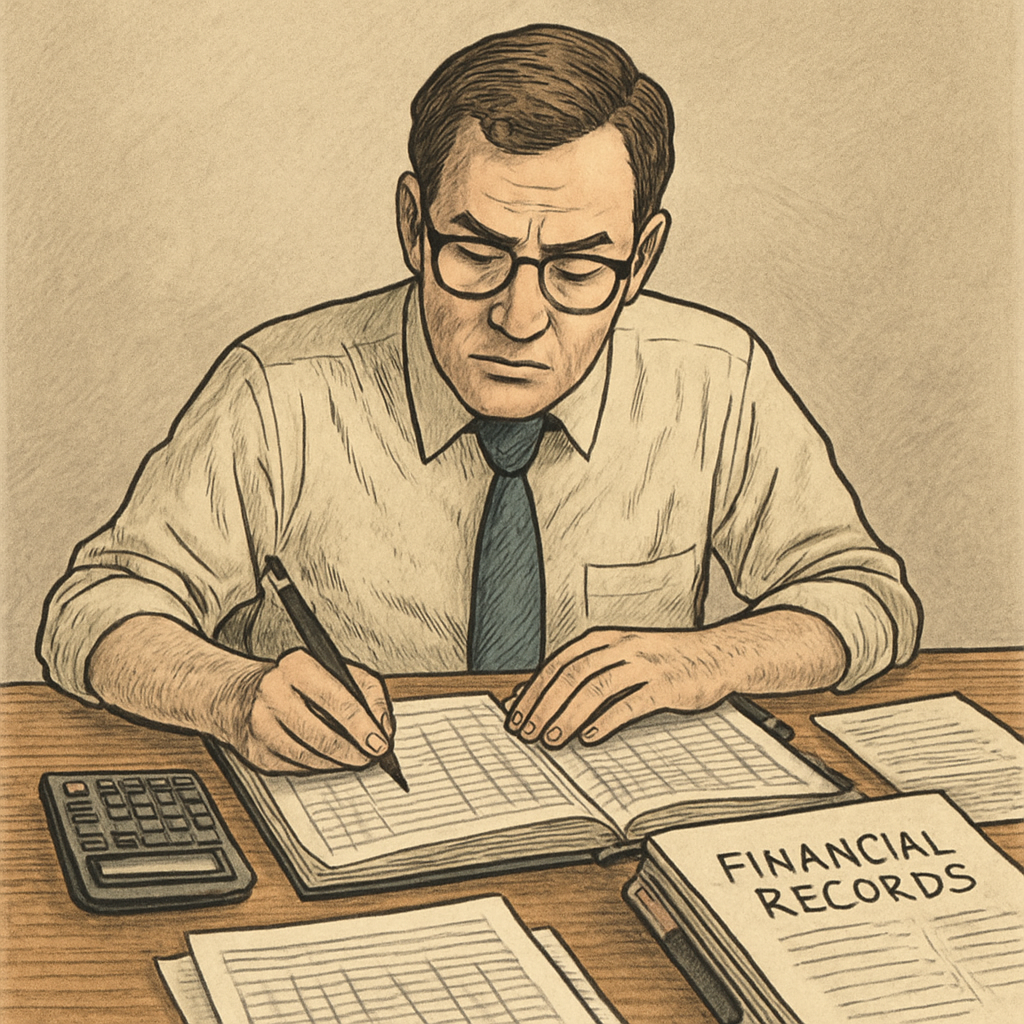Specialist Disability Accommodation Myths
Specialist Disability Accommodation (SDA) is a crucial part of the disability support landscape. Yet, it’s often misunderstood.
This article aims to debunk common myths about SDA. We’ll clarify what SDA is, who it’s for, and how it works.
Misconceptions can create barriers. They can prevent eligible individuals from accessing the support they need.
We’ll tackle myths about eligibility, cost, and the nature of SDA housing. We’ll also highlight the benefits and flexibility of SDA.
Whether you’re a person with a disability, a caretaker, or a professional in the field, this article is for you.
Join us as we explore the truth about SDA disability, accommodation, and housing. Let’s debunk the myths and shed light on this vital support system.

Understanding SDA Disability
SDA, or Specialist Disability Accommodation, is a component of the National Disability Insurance Scheme (NDIS) in Australia. It’s designed to provide housing solutions for people with disabilities.
SDA housing is not a one-size-fits-all solution. It includes a range of accommodation types. These include apartments, group homes, and individual dwellings.
The goal of SDA is to promote independence and community participation. It’s about creating an inclusive society where everyone has a place.
Here are some key points about SDA:
- It’s part of the NDIS.
- It provides a range of housing options.
- It promotes independence and inclusion.
What is Specialist Disability Accommodation (SDA)?
Specialist Disability Accommodation refers to housing designed for people with disabilities. These individuals require specialist housing solutions due to their high support needs or extreme functional impairment.
SDA housing is designed to be adaptable. It can cater to the changing needs of residents. It’s not just about providing a roof over one’s head. It’s about enhancing the quality of life for people with disabilities.
SDA is a long-term housing solution. It’s not a temporary fix but a sustainable and inclusive housing option.
Who is Eligible for SDA?
Eligibility for SDA is determined by the NDIS. It’s based on an individual’s needs and circumstances.
Not everyone with a disability will be eligible for SDA. It’s designed for those with extreme functional impairment or very high support needs.
However, SDA is not the only housing option under the NDIS. There are other supports and services available to assist individuals with disabilities.
The application process for SDA involves a thorough assessment. This ensures that the support provided aligns with the individual’s needs and goals.
Debunking Common Myths about SDA
There are several misconceptions about SDA. These myths can create barriers for those who could benefit from SDA housing.
Here are some common myths about SDA:
- SDA is only for the severely disabled.
- SDA housing is institutional.
- SDA is too expensive for eligible individuals.
Let’s debunk these myths one by one.
Myth 1: SDA is Only for the Severely Disabled
While SDA is designed for individuals with high support needs, it’s not limited to the severely disabled. The eligibility criteria for SDA is broad. It considers the individual’s needs and circumstances.
SDA housing can cater to a range of disabilities. This includes physical, cognitive, and sensory impairments. The key is that the individual requires specialist housing solutions.
So, the myth that SDA is only for the severely disabled is not true. It’s about the need for specialist housing, not the severity of the disability.
Myth 2: SDA Housing is Institutional
Another common myth is that SDA housing is institutional or hospital-like. This is far from the truth. SDA housing is designed to be homely and comfortable.
SDA accommodation meets high design standards. It ensures accessibility and promotes independence. The housing is adaptable and can be customized to the resident’s needs.
So, SDA housing is not institutional. It’s a home where residents can live comfortably and independently.
Myth 3: SDA is Too Expensive for Eligible Individuals
The myth that SDA is too expensive for eligible individuals is also false. SDA is funded through the NDIS. The funding is allocated based on the individual’s needs and circumstances.
The cost of SDA housing is covered by the NDIS for eligible individuals. There are also financial incentives and subsidies available to support SDA development.
So, SDA is not out of reach for eligible individuals. It’s a financially accessible housing solution.
The Benefits of SDA Housing
SDA housing offers numerous benefits. It’s not just about providing a roof over one’s head. It’s about enhancing the quality of life for people with disabilities.
Here are some key benefits of SDA housing:
- Promotes independence and inclusion.
- Offers flexibility and customization.
- Provides ongoing support and community services.
- Contributes to the overall goal of an inclusive society.
Let’s delve deeper into these benefits.
Promoting Independence and Inclusion
One of the main benefits of SDA housing is that it promotes independence. The design standards and requirements for SDA accommodation ensure accessibility. This allows residents to live independently.
SDA housing also promotes inclusion. It’s not isolated from mainstream community services. Residents can participate in community activities and social opportunities.
So, SDA housing is not just about accommodation. It’s about promoting independence and inclusion for people with disabilities.
Flexibility and Customization
Another benefit of SDA housing is its flexibility and customization. SDA housing can adapt to the changing needs of residents. It’s not a one-size-fits-all solution.
The housing can be customized to the resident’s personal preferences. It can also accommodate cultural needs. This makes SDA housing a comfortable and personalized living space.
So, SDA housing offers flexibility and customization. It’s a housing solution that can adapt to the resident’s needs and preferences.
The Application Process and Accessing Support
Applying for SDA housing may seem daunting. However, the process is designed to be as straightforward as possible. It’s about matching the right person with the right accommodation.
Here are the key steps in the application process:
- Understanding eligibility criteria.
- Gathering necessary documentation.
- Submitting the application.
- Waiting for the decision.
Let’s delve deeper into these steps.
How to Apply for SDA
The first step in applying for SDA is understanding the eligibility criteria. This includes the type and level of disability, the need for specialist housing, and the ability to benefit from SDA.
Next, gather the necessary documentation. This may include medical reports, assessments, and other relevant documents. It’s important to provide accurate and complete information.
Finally, submit the application. This can be done through the NDIS or a registered SDA provider. Then, wait for the decision. The process may take some time, but it’s worth the wait.
Support and Advocacy for SDA Residents
Support doesn’t end with the application process. SDA residents have access to ongoing support and community services. This includes personal care, health services, and social activities.
Advocacy groups also play a crucial role. They promote and improve SDA services. They also protect the rights and interests of SDA residents.
So, SDA residents are not alone. They have access to support and advocacy. This ensures they can live comfortably and independently in their SDA housing.
The Future of SDA Accommodation
The future of SDA accommodation is promising. It’s marked by innovation, technology, and expansion of services. The goal is to enhance the living experiences of residents.
Key future trends include:
- Incorporation of assistive technology.
- Development of new SDA projects.
- Expansion of SDA services.
Let’s explore these trends in more detail.
Innovation and Technology in SDA
Innovation and technology are transforming SDA. They’re enhancing the living experiences of residents. For instance, assistive technology promotes independence within SDA.
Monitoring technology improves the safety of residents. It also reduces the demand for informal care. This eases the pressure on caregivers.
So, technology is not just a trend. It’s a crucial part of the future of SDA.
Expanding SDA Services and Community Integration
SDA services are expanding. They’re not just about housing. They’re about community integration and social opportunities.
New SDA projects are being developed. They’re designed with the input of residents, providers, and designers. This collaborative approach ensures the housing meets the needs of residents.
Moreover, SDA is integrating with mainstream community services. This promotes inclusion and participation. It’s a step towards an inclusive society.
Conclusion: Embracing the Truth about SDA
In conclusion, SDA is a vital part of disability support. It’s not just about housing. It’s about promoting independence, inclusion, and quality of life.
The myths surrounding SDA often stem from misunderstanding. By debunking these myths, we can embrace the truth about SDA. It’s a flexible, customizable, and accessible solution for eligible individuals.
Looking forward, SDA will continue to evolve. Innovation, technology, and community integration will shape its future. Let’s embrace SDA as a key to an inclusive society.




